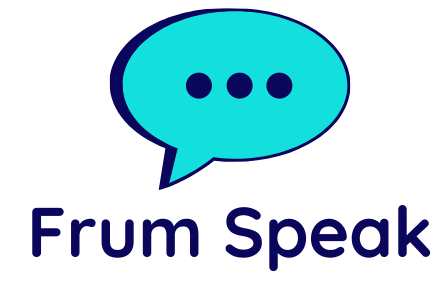(By Rabbi Yair Hoffman for the Five Towns Jewish Times) Everyone grew up with it. It signifies the end of the Pesach Seder. And every family has it’s own tune to it. Father bought the kid (a sheep or goat) for two zuzim. But the bobcat came and ate the kid. The dog came and bit the bobcat. The stick hit the dog. The fire burned the stick. The water extinguished the fire. The ox drank the water. The slaughterer shechted the ox. The Malach HaMaves slaughtered him. And the Holy One came and slaughtered the Malach HaMaves. We are all familiar with it, but what does it really mean? STANDARD EXPLANATION The standard explanation that most of us grew up with was that the nation of Israel was the Gadya, the little sheep and the rest of the stanza refers to the vicissitudes of the exiles that we had experienced. They may be hard to identify but each stanza would refer to one of the great world powers – either the Assyrians, the Babylonians, the Persians, the Greeks, the Romans and more. That is the first thing we must know. But there are other explanations too. Indeed, the Chasan Sofer quotes the Tashbatz who says that the reason this was written so enigmatically is so that we would spend time providing explanations to it and we would thus fulfill the Mitzvah of Sipur Yetzias Mitzrayim. That would be the second thing we should know. AVROHOM AVINU AND NIMROD EXPLANATION Rabbi Yonah Tevlei Bondi of Frankfurt Germany in his Be’er Minyan Hagaddah, a good friend of the Chsam Sofer, however, provides a different explanation of this piut. This would be the third thing we should know. He identifies it with the Midrash Rabbah in Parshas Noach which relates a conversation between Nimrod and Avrohom Avinu. Nimrod suggests to Avrohom to worship fire. Avrohom responds that water is more powerful. Nimrod acquiesces but them Avrohom comes back with a suggestion that perhaps he should worship clouds which carry the water. After Nimrod acquiesces, Avrohom changes it to wind which disperses the clouds. Then to man who can withstand the clouds. The Chad Gadya revisits the same conversation between the Jews and the Mitzrim. In essence, it pokes fun at the idol-worship of the Mitzrim. THE VILNA GAON’S EXPLANATION The Vilna Gaon (explained in Sefer Lail Shimurim) has the Chad Gadya, Chad Gadya as really two goats – the goats that Yaakov Avinu gave to Yitchzok Avinu, one for the Korban Pesach and one for the Korban Chagiga. D’zabin Abba refers to the blessings that Yaakov obtained, which were given to Yoseph. The bobcat refers to the brothers who were jealous of Yoseph, as it is the nature of cats to be jealous. Ate the bobcat means that they sold him to the Ishmaelites. The dog is Paroh who bit the brothers of Yoseph – he enslaved them. Then came the stick – Moshe Rabbeinu’s stick which punished Paroh. The fire is the yetzer harah for Avodah Zara. It destroyed the stick at the destruction of the Beis HaMikdash which was felled by Avodah Zarah. The water is the prayers of Knesses Yisroel which overcame the desire for Avodah Zarah. But the ox was Rome that put the nation of Israel into […]
The post 7 Things to Know About the Chad Gadya appeared first on The Yeshiva World.


Recent comments